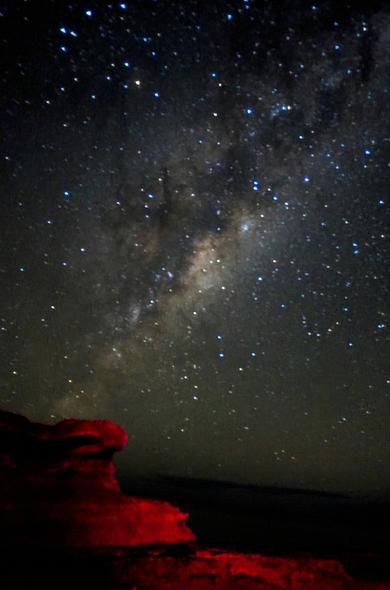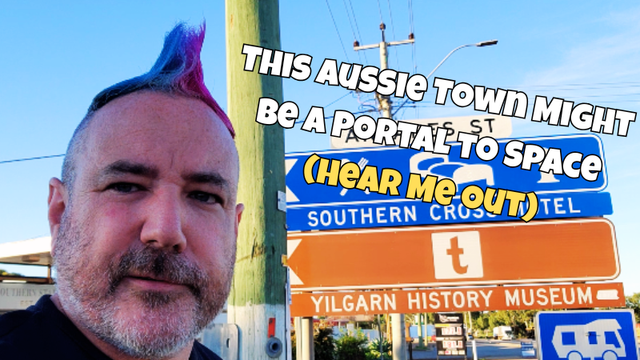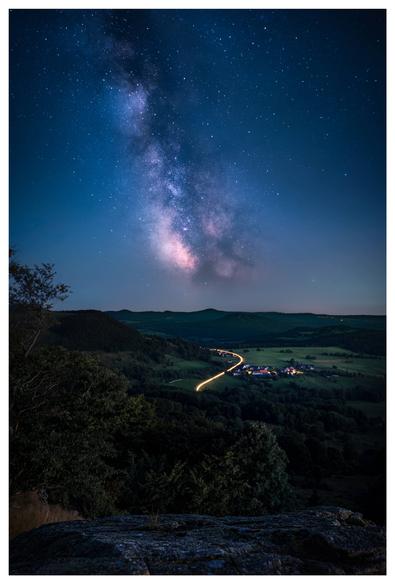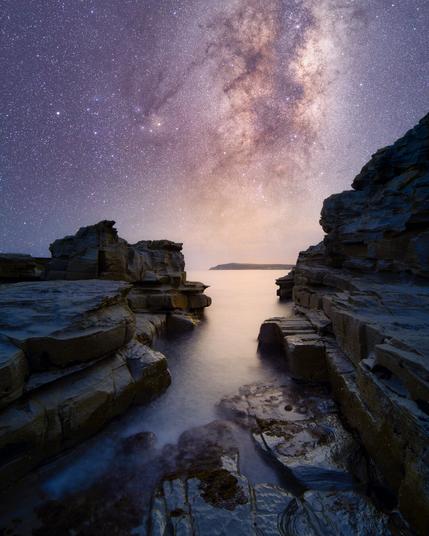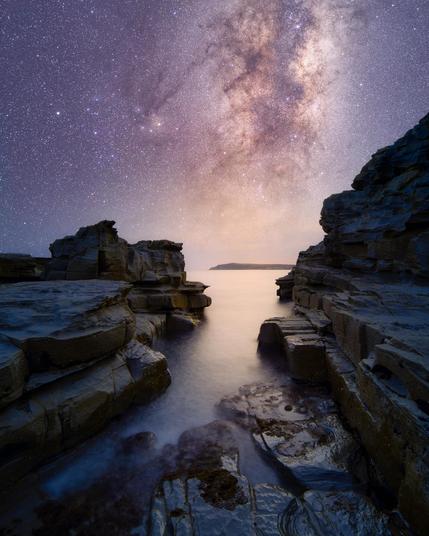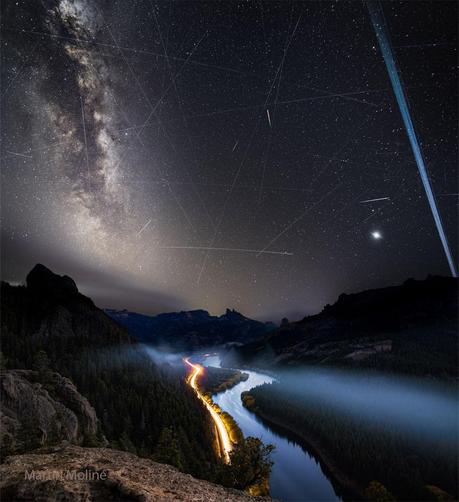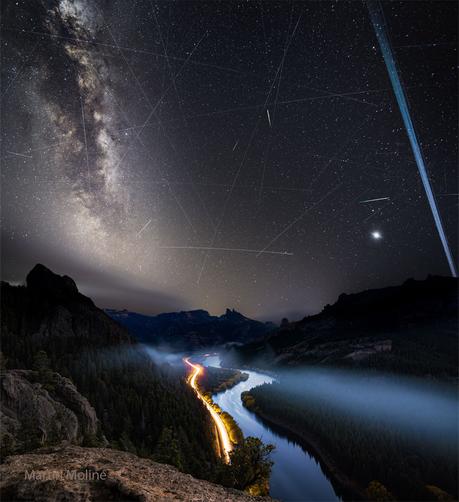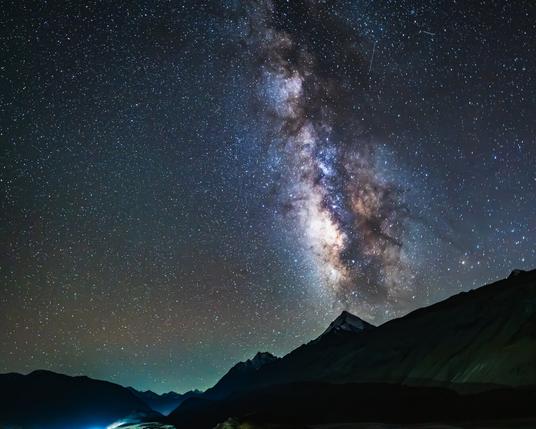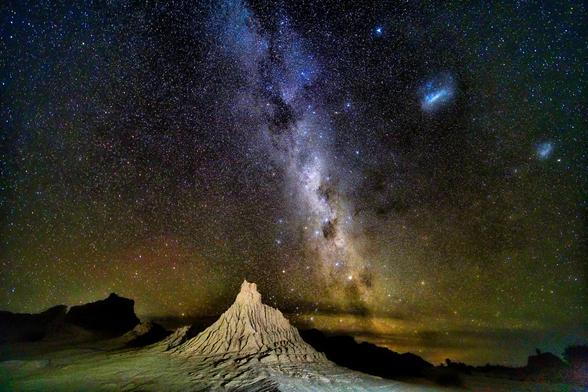#MilkyWay
#35 #35mm #film #filmisnotdead #kodak #portra #portra400 #dog #camp #cali #california #outdoors #carcamping #overlanding #sony #a6300 #longexposure #milkyway #nightsky #stars
Milkyway
This Aussie Town Might Be a Portal to Space (Hear Me Out)
I was meant to be installing an observatory dome at Perth Observatory… but somewhere along the way, I stumbled into Southern Cross, Western Australia — a tiny outback town where every street is named after a star.
Like, actual stars. You’ve got Sirius Street, Betelgeuse Boulevard, Vega Terrace… I thought I was in a galaxy brain fever dream. 😅
Come with me as I explore this unexpectedly cosmic place, get weirdly emotional about signage, and wonder how no one told me this place existed sooner.
If you’re into astronomy, quirky travel discoveries, or just want to hear me lose my mind over road names, this one’s for you.
🌌🛣️✨
#astronomy #space #astrophotography #starstuff #nightsky #spacegeek #australianoutback #perthobservatory #southerncross #deepsky #stars #astrotravel #cosmicwanderer #milkyway #telescope #stargazing #spacetourism #skywatcher #universetoday #astrophoto #nasa #spacenerd #darksky #astrocommunity #scienceonthego #domeinstall #astrotrip #galacticfind #spaceisawesome #spaceexploration
It's been a while since I posted a #nightscape. This year, unfortunately, I haven't had many opportunities to photograph the Milky Way due to the weather, as the best conditions are only around new moon and when the sky is cloudless. I hope there will be a few more opportunities this year.
#Fotomontag #Photomonday #astrophotography #nightsky #night #milkyway #landscape #landscapephotography #nature #naturephotography #sky #rhön #wasserkuppe #fujifilm
Sic transit gloria mundi and the Unapologetic Vatican in the Shapley Supercluster: a recap on cosmic flows by Avi Loeb
https://avi-loeb.medium.com/the-unapologetic-vatican-in-the-shapley-supercluster-cc8e5023c305
#Cosmology #CosmicFlows #galaxies #AviLoeb #Vatican #science #history #HistoryOfScience #STEM #Laniakea #supercluster #LaniakeaSupercluster #DipoleReppler #Shapley #ShapleySupercluster #ZoneOfAvoidance #VelaSupercluster #Astronomy #Astrophysics #Astrodon #Cosmography #Earth #MilkyWay #Andromeda #LocalGroup
More about me and prints:
https://linktr.ee/steven.sandner
Aperture f/2.8
ISO 3200
20s
#MilkyWay
Cadillac Canyon, VIC, Australia
More about me and prints:
https://linktr.ee/steven.sandner
Aperture f/2.8
ISO 3200
20s
NOIRLab image of the week
It contrasts the beautiful curve of the Milky Way with the geometric architecture of the recently retired McMath-Pierce Solar Telescope at Kitt Peak National Observatory
Credit: KPNO/NOIRLab/NSF/AURA/P.Horálek (Institute of Physics in Opava)
https://noirlab.edu/public/images/iotw2524a
#MilkyWay #KittPeak #Astronomy #astrophotography #nightskyphotography #photography #Astrodon #Arizona
📸 Meteors and Satellite Trails over the Limay River
Above Argentina’s Limay River, the Milky Way glows at left while Starlink satellites streak across the right. Two bright meteors from the Eta Aquariids flash through the scene. Venus gleams near the horizon. All captured in a composite from May 4.
📅 June 14, 2025
📷 Martín Moliné
🔗 https://stellarsnap.space
#APOD #MilkyWay #Starlink #Meteors #EtaAquariids #Venus #Astrophotography #StellarSnap
2025 June 14
Meteors and Satellite Trails over the Limay River
* Image Credit & Copyright: Martín Moliné
https://www.instagram.com/martinm.1980/
Explanation:
What are all those streaks in the sky? A galaxy, many satellite trails, and a few meteors. First, far in the distance, the majestic band of our Milky Way Galaxy runs down the left. Mirroring it on the right are several parallel trails of Earth-orbiting Starlink satellites. Many fainter satellite trails also crisscross the image. The two short and bright streaks are meteors — likely members of the annual Eta Aquariids meteor shower. The planet Venus shines on the lower right. Venus and the satellites shine by reflected sunlight. The featured picture is a composite of exposures all taken in a few hours on May 4 over the Limay River in Argentina.
https://en.wikipedia.org/wiki/Eta_Aquariids
https://science.nasa.gov/resource/the-milky-way-galaxy/
https://science.nasa.gov/venus/
https://www.starlink.com/us/technology
https://apod.nasa.gov/apod/ap250614.html
#space #milkyway #meteor #venus #astrophotography #photography #science #nature #NASA
Ardèche, 2024-07-25
Fujifilm X-E3 + TTArtisan 35mm f1.4 - ISO1600 - 10s - 35mm - f/1.4
#fujifilm #fujifilmxe3 #nightsky #nightphotography #milkyway #candelabrum #ttartisan35mmf14 #astrophotography #darkskypreserve #darksky
#camping #camp #longexposure #milkyway #overlanding #loralmeddow #sony #a6300
How Far Can We Go? Limits of Humanity (Old Version – Watch the New One)
.
.
.
.
📸 Sony A7M4 + Sony SE20F18 G Lens
.
.
🛠️ Adobe Lightroom Mobile
.
.
.
.
.
.
.
.
.
.
.
.
.
.
.
.
.
.
.
.
.
.
.
.
.
.
.
.
.
.
.
.
.
.
.
.
.
.
#himalayas #valley #milkyway #galaxy #night #sky #color #star #constellation #astro #astrophotography #nightphotography #cold #winter #capture #chandratal #spiti #spitivalley #himachal #YourShotPhotographer #createwithsony #sony #sonyalpha #a7m4 #adobe #lightroom #joby #tripod #sonyphotography #fotographie #nature
How Many Moons Could Earth Handle?
What If You’re in Space without a Spacesuit?
Good afternoon, #mastoart #mastodon
This is #Fotomontag #fotografie #photography #photomonday
#roentare #photographyisart #photooftheday #pictureoftheday #potd #night #nightphotography #milkyway #stars #desert #nature #naturephotography #landscape #landscapephotography #longexposure #buyintoart #beautiful #sonyalpha #newsouthwales #australia
Original
The largest #blackhole jet ever discovered is three times bigger than the #MilkyWay
Weekly Update from the Open Journal of Astrophysics – 07/06/2025
It’s Saturday so once again it’s time for the weekly update of papers published at the Open Journal of Astrophysics. Since the last update we have published two new papers, which brings the number in Volume 8 (2025) up to 69 and the total so far published by OJAp is now up to 304.
The two papers published this week, with their overlays, are as follows. You can click on the images of the overlays to make them larger should you wish to do so.
The first paper to report is “Chemical Abundances in the Leiptr Stellar Stream: A Disrupted Ultra-faint Dwarf Galaxy?” by Kaia R. Atzberger (Ohio State University) and 13 others based in the USA, Germany, the UK, Sweden, Australia, Canada and Brazil. This one was published on 2nd June 2025 and is in the folder marked Astrophysics of Galaxies. It presents a spectroscopic study of stars in a stellar stream suggesting that the stream originated by the accretion of a dwarf galaxy by the Milky Way.
The overlay is here:
You can read the final accepted version on arXiv here.
The second paper is “Scaling Laws for Emulation of Stellar Spectra” by Tomasz Różański (Australian Nastional University) and Yuan-Sen Ting (Ohio State University, USA). This was published yesterday, i.e. on 6th June 2025, and is in the folder Instrumentation and Methods for Astrophysics. The paper discusses certain scaling models and their use to achieve optimal performance for neural network emulators in the inference of stellar parameters and element abundances from spectroscopic data.
The overlay is here:
You can find the officially-accepted version of the paper on arXiv here.
That’s the papers for this week. I’ll post another update next weekend.
As a postscript I have a small announcement about our social media. Owing to the imminent demise of Astrodon, we have moved the Mastodon profile of the Open Journal of Astrophysics to a new instance, Fediscience. You can find us here. The old profile currently redirects to the new one, but you might want to update your links as the old server will eventually go offline.
#arXiv241017312v2 #arXiv250318617v2 #AstrophysicsOfGalaxies #DiamondOpenAcccess #InstrumentationAndMethodsForAstrophysics #MilkyWay #neuralNetworks #OpenJournalOfAstrophysics #spectroscopy #stellarSpectra #StellarStreams #TheOpenJournalOfAstrophysics

